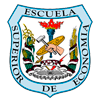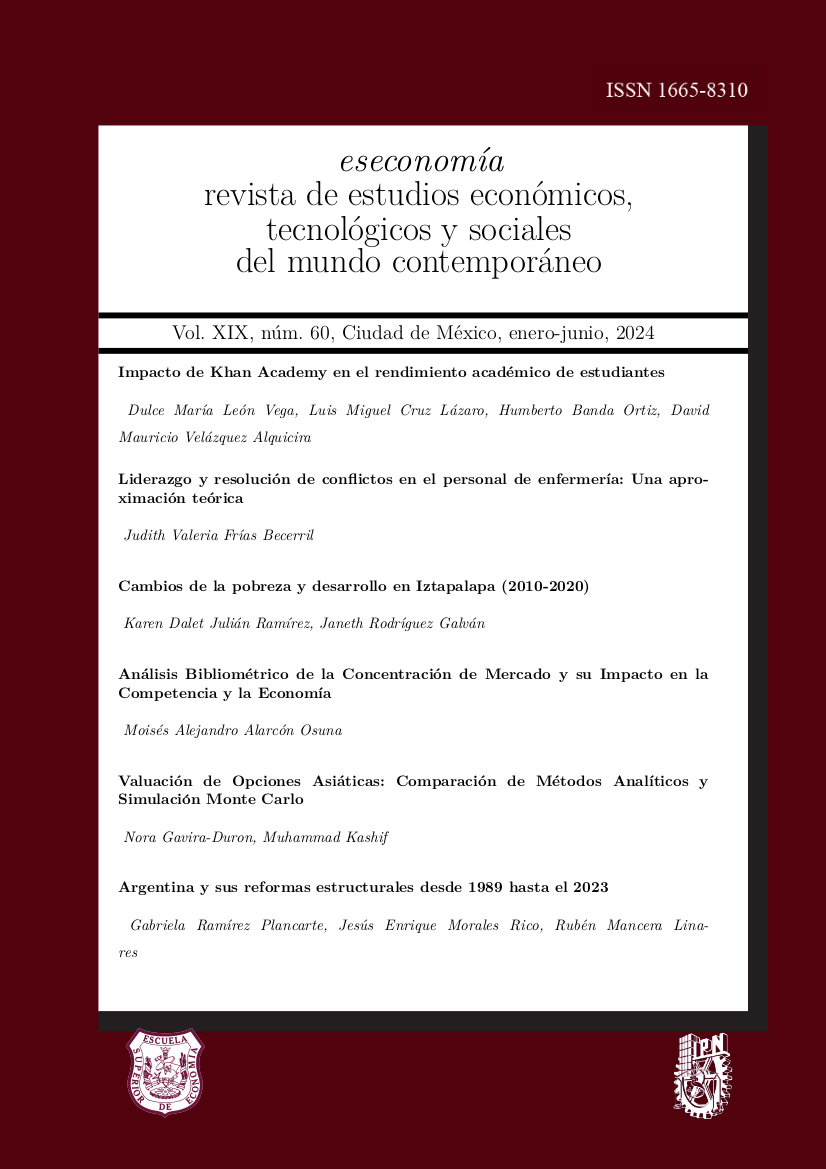Changes in poverty and development in Iztapalapa
Main Article Content
This paper conducts a comparative analysis of poverty and development in Iztapalapa using census data from 2010 and 2020 to guide sustainable policies. It employs a quantitative methodology, utilizing historical-comparative, graphical, and statistical analysis of information provided by the National Council for the Evaluation of Social Development Policy (CONEVAL) and the National Institute of Statistics and Geography (INEGI). The central hypothesis suggests that occupation and income generation are key factors in combating the negative effects of poverty in the delegation. The results underscore the need for policies and programs that comprehensively address the challenges of poverty and inequality in Iztapalapa. Implementation of strategies promoting labor inclusion, gender equality, access to education, and improvement of housing conditions is recommended. Additionally, the importance of ongoing monitoring and evaluation of these programs to ensure their effectiveness and continued relevance is highlighted.



